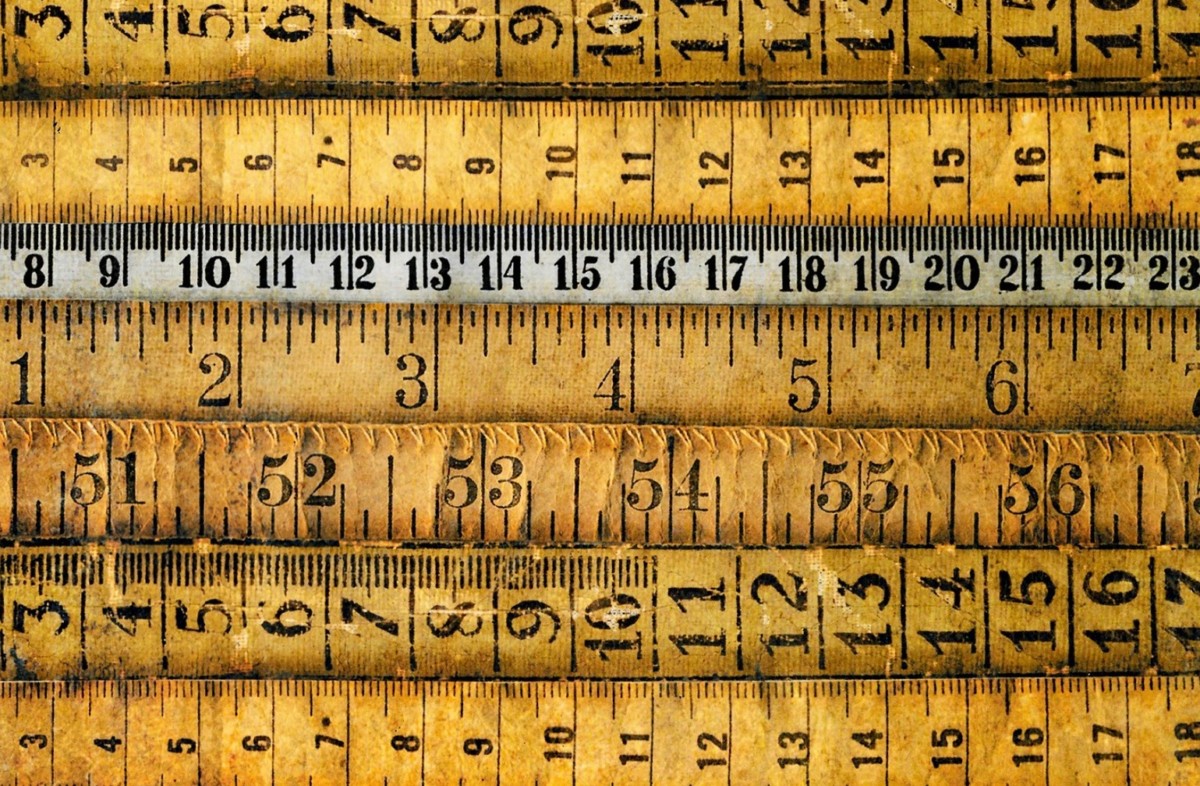Ecoblog
What do calories and carbon dioxide have in common?

A friend bought a bagful of food from a shop with a bankcard. According to the bank’s carbon footprint calculator the shopping produced 4.2kg of greenhouse gas emissions and, according to the shop’s calculator 14kg. What does this mean?
The calorie was invented around 1850. In Finland the first food calorie chart was published in 1952, and nowadays nutrition information is a mandatory part of food labelling.
Carbon dioxide was discovered in the 1750s. In 1896, a theoretical link was found between carbon dioxide and climate warming and, in the 1950s, measurements revealed that carbon-dioxide concentrations in the atmosphere was actually rising.
The road taken by the calorie from its discovery to the side of crisp packets has been a long one. On the way, everything has been defined, agreed on and standardized, from the name of the unit and the analysis technique right up to the font used in package information. An enormous amount of data has been needed, from individual measurements to extensive databases which serve as a basis for new calculations.
A similar situation applies to the carbon footprint. First, the idea came up, then, its name and content were settled. Because carbon footprint refers to the greenhouse gases generated during a product’s lifetime, there has to be agreement on what factors are to be taken into account and how emissions are to be allocated. Do an artwork’s emissions include the public’s trips from home to the exhibition? And how are airplane emissions to be allocated to passengers when the same plane is also carrying freight?
It is clear that we are now in a phase when data is being accumulated and calculation methods made uniform. Various calculators that make generalizations and estimates from the available data have been boldly set up for consumers to use. So it is no wonder that grocery emissions are “about 4.2–14kg”. But contradictory results do not mean that one calculation is wrong and another right, or that both are inadequate. Nor do these limitations mean we should forget the whole idea of calculating carbon footprints.
The greater the demand for climate information and carbon calculations, the more data is produced. The more information is available, the easier it is to make a variety of choices.
In the artworld, too, carbon-footprint calculations point out problems and help in making choices. Is the carbon footprint of art production closer to zero, a hundred or 10,000 kilos? What are the largest sources of emissions and are there creative ways of doing things differently? Above all, calculating carbon footprints is an opportunity to have goals reflect means: What is an artwork’s or production’s ultimate message and how can it be communicated within a framework of life-sustaining systems?
This article is part of a series published in 2020 about the carbon footprint of an art production, written by IHME eco-coordinator Saara Korpela.
Read all Ecoblog posts published in 2020:
- What do calories and carbon dioxide have in common?
- Time to start carbon footprint calculation!
- How to calculate the carbon footprint for heating?
- Small or large scale, emissions can be brought down
- Carbon footprint of art-production at IHME
- How to promote sustainable eating in an art organization?
- The carbon footprint of an event
- Miles and meetings
- Carbon footprints of art organizations and Carbon Challenge 2030


